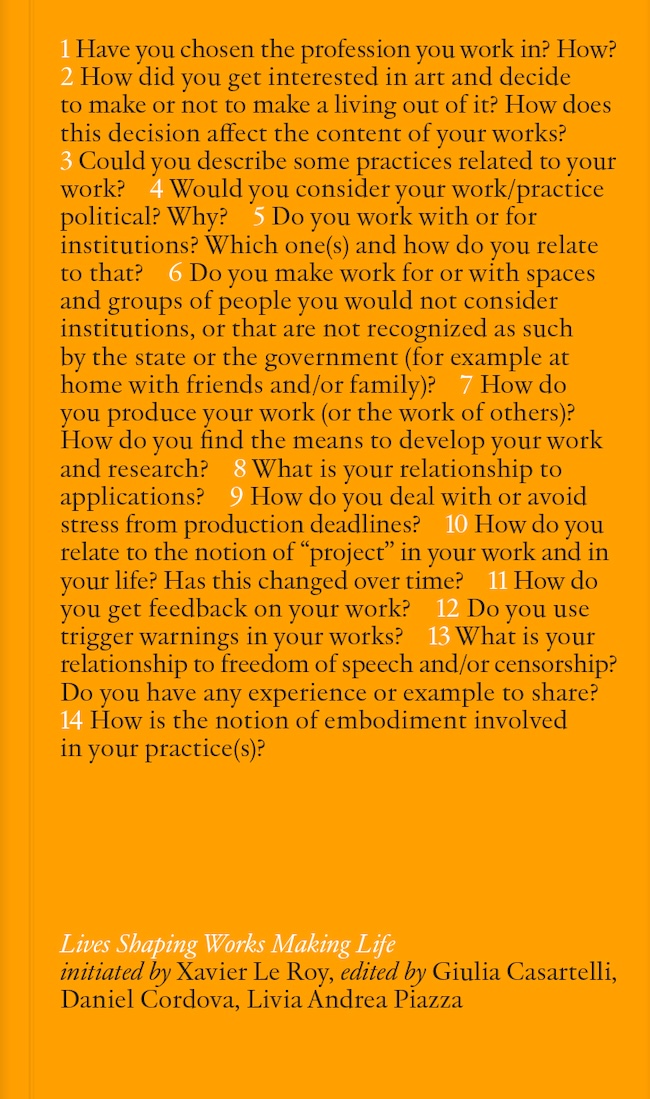
The Ends of Performance
A broad and inclusive volume of the celebrations and critiques of performance arts.
Focusing on the living arts—dance, theatre, music, performance art, ritual, and popular entertainment—performance studies expands our understanding of "performance" as both a vital artistic practice and a means by which to understand social and cultural processes. Bridging the gap between cultural studies, performing arts, and anthropology, performance studies explores myriad ways in which performance creates meaning and shapes our everyday lives.
The broadest and most inclusive volume to date, The Ends of Performance both celebrates and critiques the institutionalization of the field. Only recently has the field given keen attention to the interpretive force and consequences of performance events, and it is these consequences that the The Ends of Performance articulates. Here performance studies illuminates the complex social and cultural formations of our time—the impact of virtual technology, the racialized discourses of legal and cultural citizenship, the impact of new medical discourses, and the medicalization of the body. Featuring work by leading theorists such as Joseph Roach, Diana Taylor, and Richard Schechner, excursions into performative writing by Eve Kosofsky Sedgwick and Della Pollock, and texts by performance artists Orlan and Deb Margolin, The Ends of Performance illuminates the provocative intellectual ends which motivate these varied approaches to performing writing, and to writing performance.




